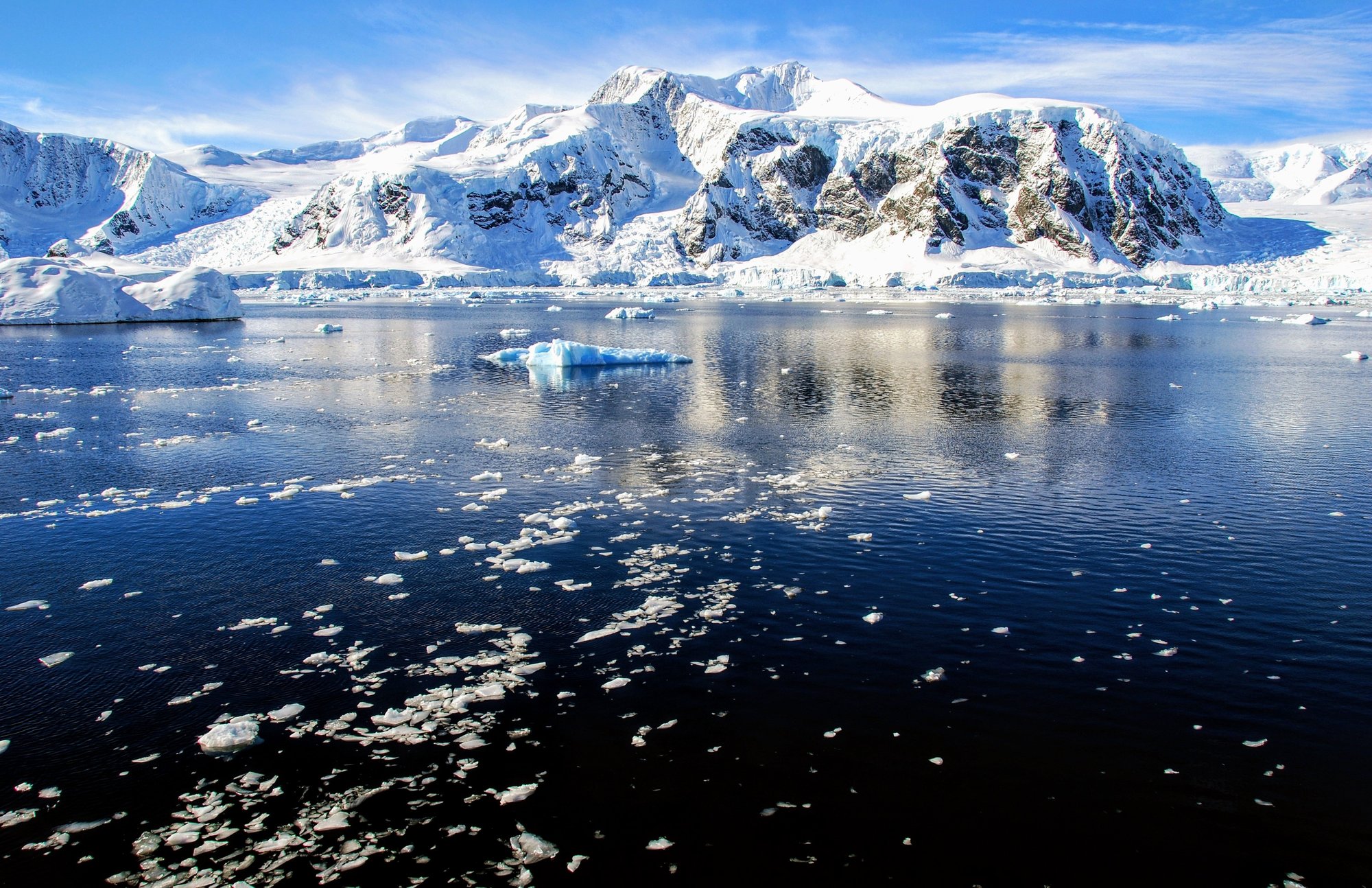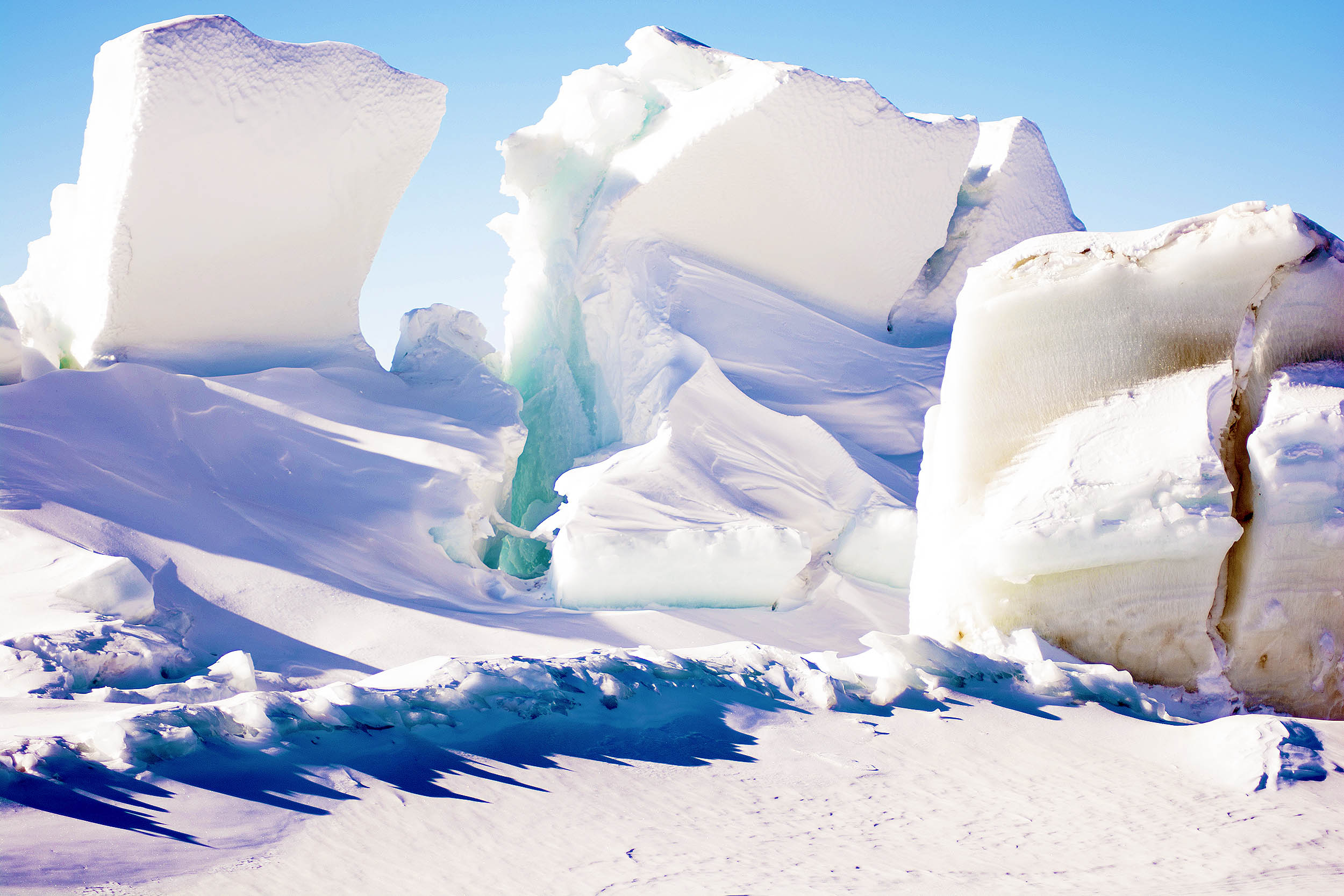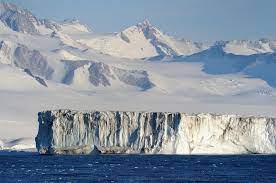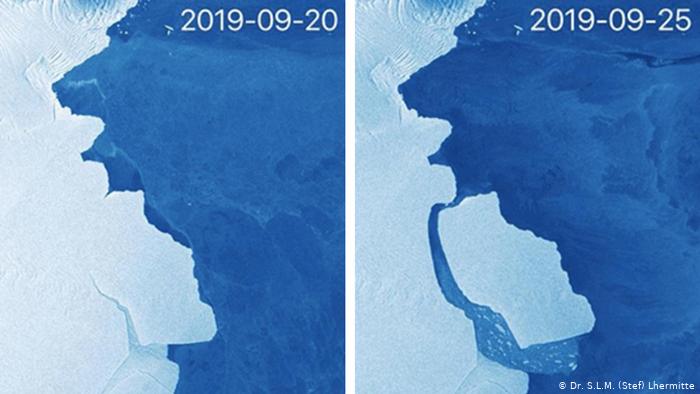
Researchers warn Antarctica is undergoing abrupt changes that could trigger global consequences.

Antarctica has shown a warming trend over the past 60 years, with the West Antarctic and Antarctic Peninsula regions showing a faster change.

Ice sheets, the massive frozen expanses covering Antarctica, are harboring a hidden threat beneath their surface.

Antarctica’s Ross Ice Shelf, a massive floating ice platform about the size of France, shifts suddenly a few centimeters at least once a day.

A new study suggests that the significant glacial retreat of two glaciers on the west coast of Antarctica began in the 19404's, likely spurred by climate change.

Model results show that Pine Island glacier region of west Antarctica could collapse in the future. If it does, then it could raise global mean sea level by several metres.

Antarctica is missing an obscene amount of ice. The missing sea ice is currently the size of Greenland, a country that spans nearly 2.2 million square kilometres.

It’s winter in Antarctica, when sea ice cover typically grows. But this year’s sea ice is way behind, reaching record lows with implications for the planet.

Even if we manage to stabilize Earth's temperatures by peaking at 2 °C, Greenland's and Antarctica's vast ice sheets are on track for irreversible melting, a new study warns.

In the southern hemisphere summer of 2022, the amount of sea ice dropped to 1.92m sq km on 25 February – an all-time low based on satellite observations that started in 1979.

A new international study suggests that 34% of the Antarctic ice shelves could disappear by the end of the century if the planet warms up by 4°C compared with pre-industrial temperatures.

In nearly three decades, Denman Glacier has already retreated some five km and lost over 250 billion tons of ice. In the worst case scenario, the damage could be much greater.

The island—named Sif after the goddess of Earth and the wife of thunder god Thor—is big enough for satellites to spot from space but had previously been hidden under ice. Climate change is likely to blame for the reveal.

On February 6, 2020, weather stations recorded the hottest temperature on record for Antarctica. Thermometers reached 18.3 C (64.9 F). During the warming event, around 1.5 square km of snowpack became saturated with melt water.

A huge chunk of ice more than three times the size of Paris has broken off one of Earth's most critical ice shelves, Pine Island Glacier in Antarctica. This has leading scientists concerned that the glacier could soon completely break down.